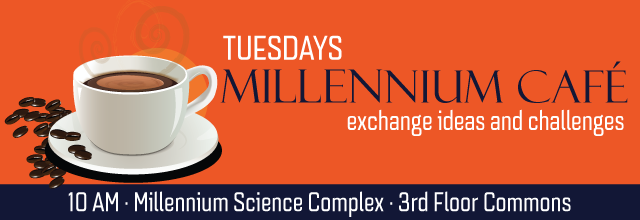
Autonomous, engineered materials composed of soft matter could assist society in a wide variety of ways that are outside the scope of microprocessor-based robots. A major technical hurdle is creating a soft matter realization of an information processor that can process sensory stimuli according to logical operations, thus guiding reactions. This presentation will describe how we engineered soft materials that process all decision-making operations resulting from mechanical stimulus, and will invite collaborations to pursue the first fully autonomous, engineered materials that emulate the fundamental functions of lifeforms.
